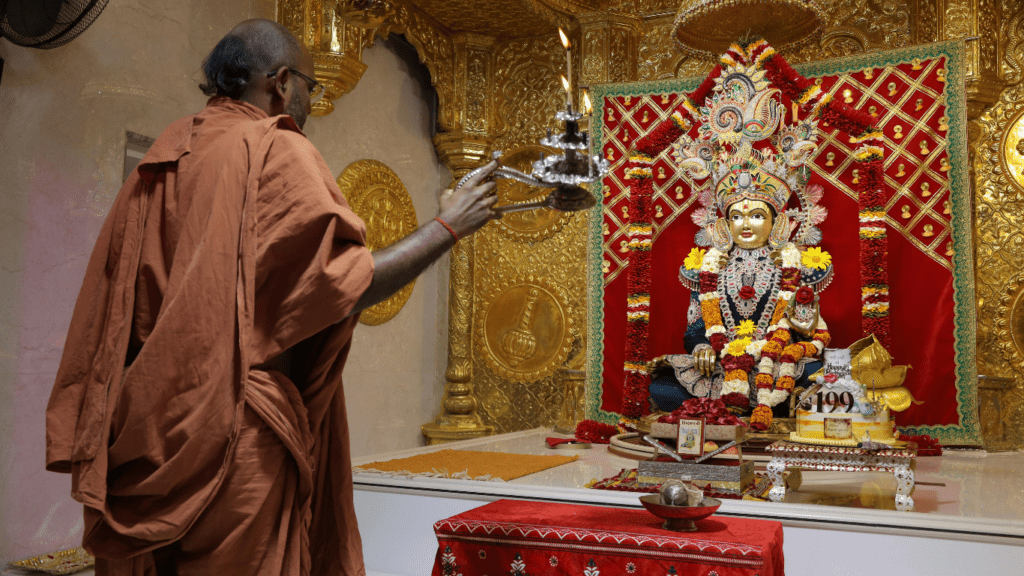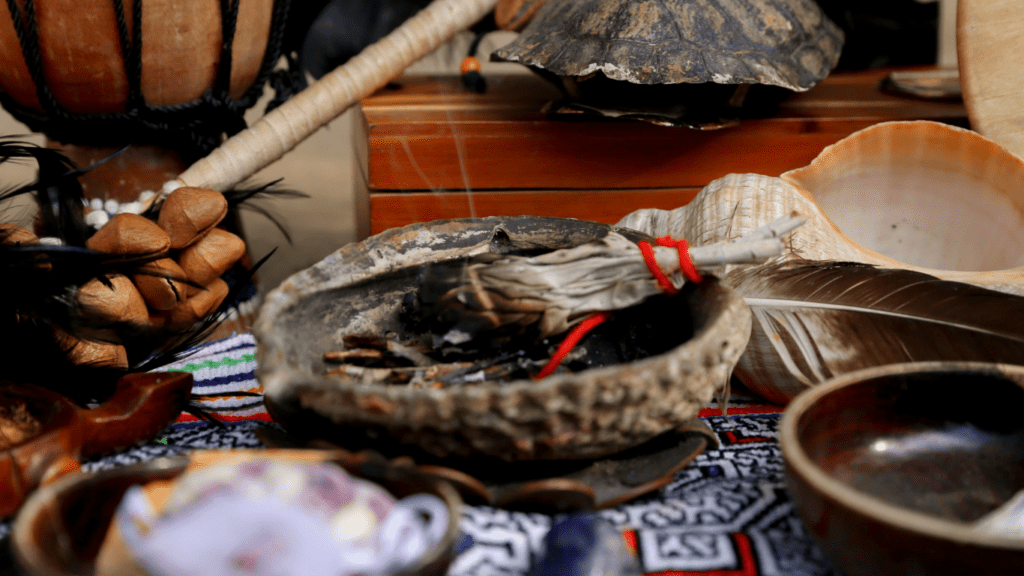When I think about the vibrant tapestry of human culture, dance, music, and rituals stand out as powerful expressions of identity and tradition. These art forms connect us to our roots and offer a glimpse into the beliefs and values of different communities.
Each performance tells a story, inviting us to experience the world through the eyes of others. As I explore the intricate relationship between these elements, I realize how they shape our understanding of culture.
Whether it’s a traditional dance celebrating harvest or music that marks a rite of passage, each performance serves as a bridge, linking generations and fostering a sense of belonging. Join me as we dive into the rich world of cultural performances and discover how they resonate deeply within us all.
Dance, Music, and Rituals Overview
Dance, music, and rituals serve as fundamental expressions of culture and identity. These art forms connect us to our heritage and embody the beliefs and values of communities.
Definition and Importance
Dance refers to a rhythmic movement of the body, often accompanied by music, that communicates emotions and narratives. Music involves organized sound patterns that evoke feelings and enhance experiences.
Rituals encompass prescribed behaviors and ceremonies, often tied to significant life events or traditions. Together, these elements foster a sense of belonging, reinforce community ties, and transmit cultural knowledge across generations.
Historical Context
Historically, dance, music, and rituals have existed across all societies. Ancient cultures used dance and music for storytelling, religious practices, and social gatherings. Evidence from archaeological sites shows that these art forms date back thousands of years, serving as essential components of communal life.
They provided a means to express collective memory, celebrate milestones, and maintain traditions amid societal changes.
The Role of Dance in Cultural Expressions
Dance plays a pivotal role in cultural expressions, serving as a powerful medium for storytelling and identity affirmation. Through diverse forms of movement, dance connects individuals to their heritage and community.
Types of Dance Across Cultures
- Ballet: Originating in the Italian Renaissance, ballet blends precise movements with expressive storytelling, reflecting European artistic values.
- Flamenco: Rooted in Spanish culture, flamenco combines intricate footwork and hand claps, showcasing the passion and spirit of the Andalusian region.
- Hula: Traditional Hawaiian hula incorporates gestures and chants, conveying historical narratives and cultural themes through rhythmic body movements.
- Kathak: This North Indian classical dance form emphasizes storytelling through intricate footwork, spins, and facial expressions, showcasing a rich blend of mythology and emotion.
- African Dance: Varied across regions, African dance often involves energetic movements and community participation, serving both ceremonial and celebratory purposes.
- Samba: Originating from Brazil, samba features vibrant, rhythmic movements in festival settings, celebrating cultural heritage and communal joy.
Symbolism and Meaning in Dance
- Cultural Identity: Dance embodies cultural identity, allowing individuals to express their heritage, beliefs, and histories through movement.
- Social Connection: Many dances foster social bonds, encouraging collective participation and cooperation within communities during celebrations and rituals.
- Spiritual Expression: In several cultures, dance acts as a conduit for spiritual expression, connecting performers with the divine and facilitating communal rites.
- Ritualistic Purpose: Dance often accompanies rituals, marking significant life events such as weddings, births, and seasons, reinforcing communal ties and traditions.
- Storytelling: Through movement, dancers narrate stories, conveying emotions, lessons, and cultural myths that resonate across generations.
- Protest and Activism: Dance can also serve as a form of protest, conveying resistance and solidarity, and highlighting social injustices within a cultural context.
The Impact of Music on Rituals
Music profoundly influences rituals, enhancing emotional depth and creating a shared experience. It serves as a bridge between individuals and their cultural heritage, enriching the overall atmosphere of ceremonies.
Traditional Instruments and Their Significance
Traditional instruments play a crucial role in rituals across cultures. Instruments like the djembe, sitar, and didgeridoo embody cultural narratives and histories. Each instrument carries specific meanings and associations, contributing to the ritual’s distinctiveness.
For instance, the djembe signifies community and togetherness in West African gatherings, while the sitar is central to the spiritual practices in India. These instruments not only produce sound but also connect participants to their ancestors and traditions.
The Relationship Between Music and Emotion
Music evokes powerful emotions during rituals, facilitating connections among participants. Whether it’s the joy expressed through lively rhythms or the somber tones echoing during memorials, music shapes emotional experiences.
Research shows that melodies can trigger memories and feelings, making rituals more impactful. For example, a celebratory wedding march invokes happiness, while a mournful dirge fosters reflection and loss.
This interplay between music and emotion deepens the significance of rituals, reinforcing bonds within communities and highlighting shared values.
Rituals as a Cultural Showcase
Rituals embody cultural expressions that vividly illustrate a community’s beliefs and traditions. They serve as immersive experiences, connecting individuals with their heritage and celebrating significant life events through a symphony of actions, music, and dance.
Rituals in Various Cultures
Rituals manifest in diverse ways across cultures, each unique to its historical and social context. Common examples include:
- Marriage ceremonies: Often elaborate, showcasing cultural values and traditions.
- Rites of passage: Signifying transitions such as coming-of-age or initiation into adulthood.
- Festivals: Celebrating seasonal changes or historical events, like Diwali in India or Mardi Gras in New Orleans.
- Funerary practices: Reflecting beliefs about life, death, and the afterlife, seen in rituals like Día de los Muertos in Mexico.
These rituals promote community cohesion and require participation from various members, reinforcing shared identity and history.
The Interconnection of Dance, Music, and Rituals
Dance, music, and rituals intertwine to create powerful cultural expressions, enhancing the depth of each performance. Key dynamics include:
- Dance: Acts as the physical manifestation of ritual, conveying emotions and narratives through movement.
- Music: Provides rhythm and atmosphere, elevating the emotional experience and enriching the storytelling aspect of rituals.
- Rituals: Create a structured environment where dance and music thrive, utilizing both elements to captivate participants and audiences.
Together, these components foster a communal atmosphere, strengthening ties among participants and reinforcing cultural values and traditions.




